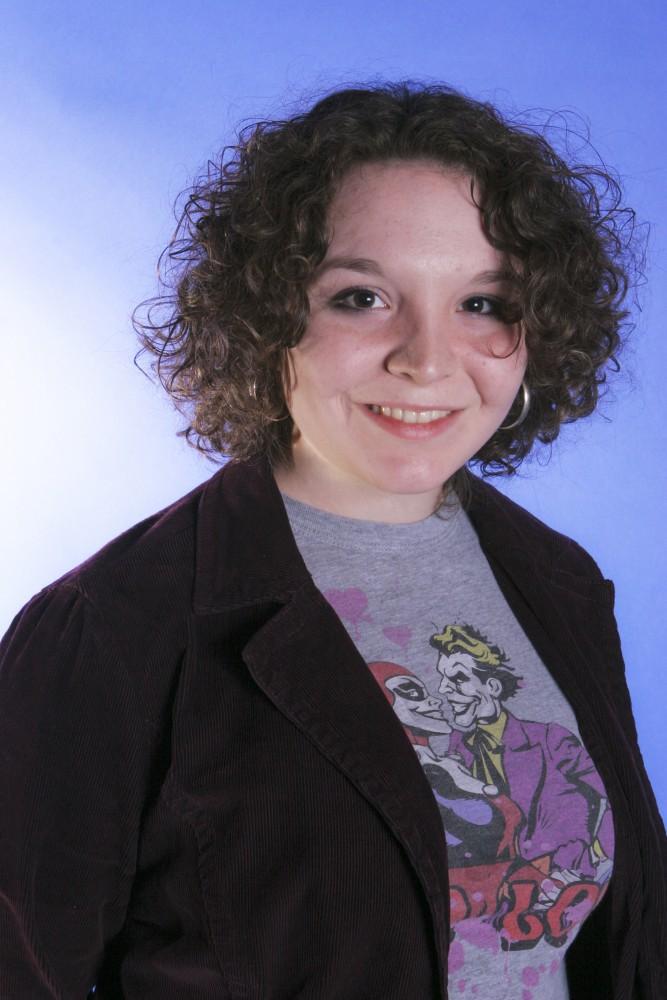GVSU Summer Film Project nears completion

Sep 2, 2010
11“The plan for the year was to adapt a short story written by a Grand Valley student,” he said. “They sent me several copies of ‘Fishladder’ with highlighted stories, and I selected ‘Horizontal Accidents’. I thought it was funny, quirky, dramatic and interesting, ultimately having a funny cinematic premise that could be easily adapted and make an interesting short. It had a good structure that was relatively external.”
Seidman had gotten involved with the GVSU film department after contacting professor Kim Roberts for interns while filming in Grand Rapids. Later Roberts suggested he take part as a guest director for the Summer Film Project.
Roberts actively took part as producer for “Horizontal Accidents” as she had done for previous Summer Film Projects. She said her favorite part of being a producer is gaining an appreciation for how much support the GVSU administration and community provides.
“What I enjoyed most about this year’s experience is that there were so many challenging locations and props to get,” she said. “We had to find a cemetery that would dig a grave for us, we had to find embalming room supplies such as an embalming machine, table and bottles of fluids used in such an activity. We needed caskets, and people willing to lie in them.”
Assistant director and GVSU student Greg Kort found this experience to be much different from his work on last year’s Summer Film Project, “The Darkroom”. In retrospect, he found that “Darkroom” director Eric Young’s calm, realistic style was quite abstract from Seidman’s louder, more ambitious way of running a production.
“I like being close to the action, the cameras and the director — the only way to do that is to be a major contributor in the production,” Kort said. “A huge part of my job was to keep everyone working, moving ahead and staying on time. It was hard sometimes, and I had a difficult time telling people to hurry up when I knew they were all working as hard as they could.”
Of the six-week production time, the students spent two weeks in pre-production, which Roberts said dealt with securing and dressing locations, gathering props and conducting rehearsals.
The shooting itself took only 10 days despite working with a crew new to the RED camera system – a high-end digital camera system popular in the film industry. The crew experienced some challenges during filming, but used them to their advantage, such as turning a massive rainstorm in Walker into what Seidman described as “one of the most beautiful things that we shot.”
As of now, “Horizontal Accidents” is divided onto four external hard drives, waiting to be edited by a digital post-production course before premiering early next year. Both Seidman and Kort were pleasantly surprised by the outcome of the film, and they claimed fellow students would have a hard time believing this is a “student film.”
“I think that students should see ‘Horizontal Accidents’ because I think it’s a funny, interesting film that they’ll enjoy,” Seidman said. “Students can also see what can be accomplished with a student crew and a relatively low budget. I think they’ll be pretty impressed by what we have done.”

























